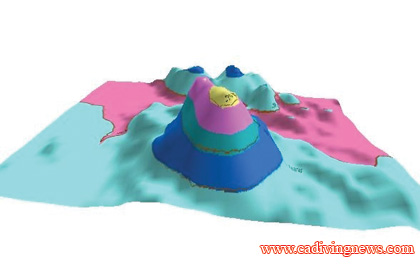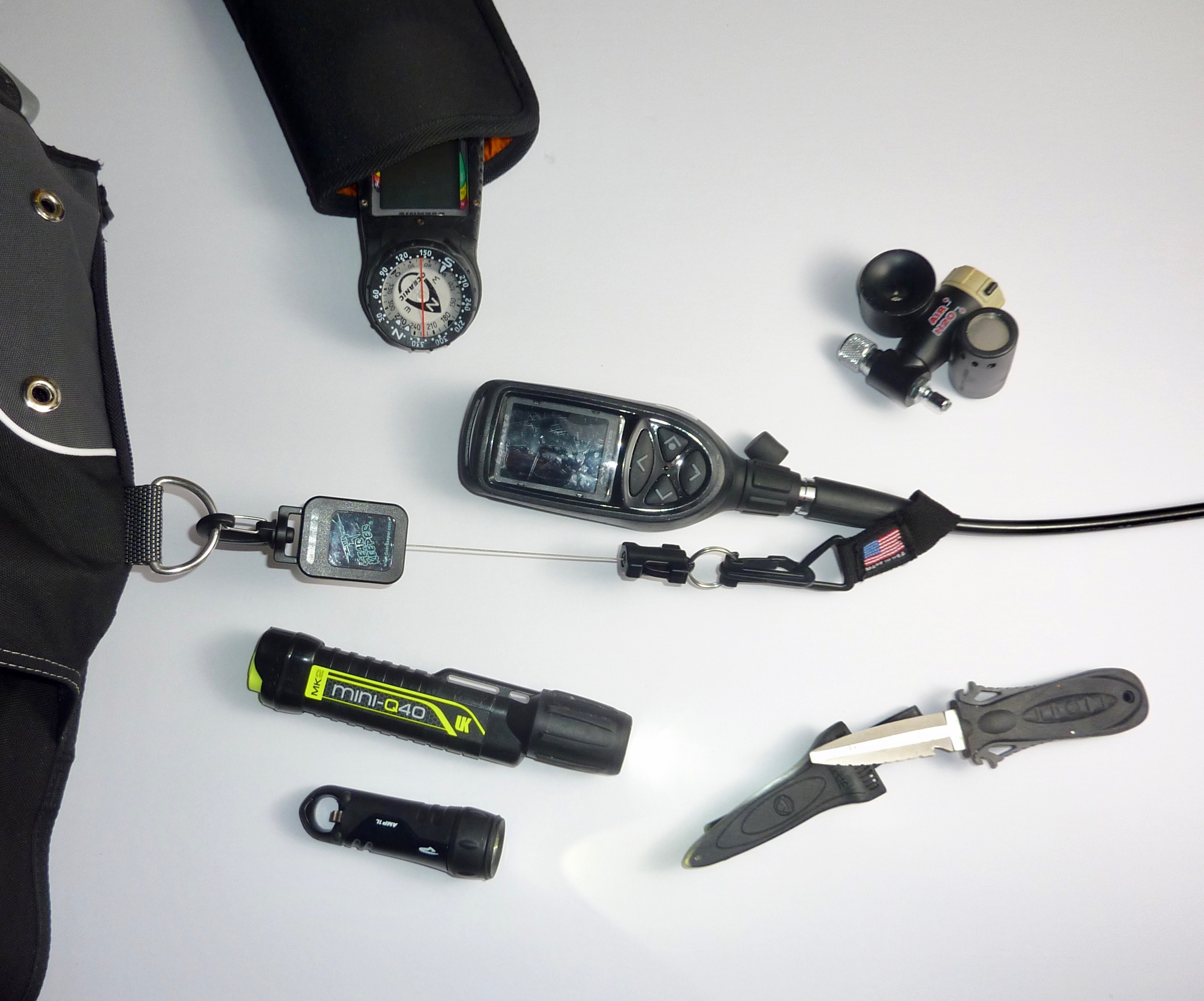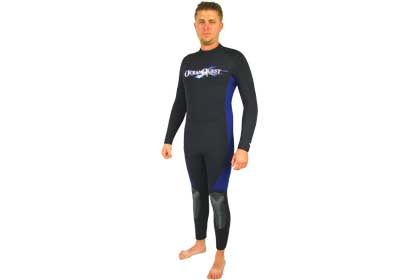Is there any such thing as a truly dry dry suit? In my 37 years of diving I have owned four dry suits. The previous, while effective and each having their strengths never seemed to be 100 percent “dry.” Water ends up in the suit either through small leaks between the skin and seals or through condensation coming from water evaporated through the skin. What is important is how the dry suit and its accompanying underwear deal with this moisture.
My fourth and most recent dry suit, the Black Ice from Pinnacle, seemed to have resolved this problem completely. It does this through a remarkable fabric lining known as Merino™. The Black Ice is constructed of a thermo-compressed neoprene, which in of itself is remarkable in how it stretches and form fits to the body, moving with the movements of the diver. This is a suit with excellent comfort for this reason alone, not to mention that neoprene suits are inherently warmer than shell type suits. But it is the Merino™ fabric lining that makes this suit special.
In my first test dives with the suit, I did not shave the morning of the dive, a key for an important neck seal. We were diving with sea lions and I found myself swinging my head to and fro rapidly trying to keep up with the spry animals. Water trickled down through the neck seal (a very comfortable warm neoprene seal I want to add) Other than the initial trickle, however, I never noticed any dampness. Pulling the suit off later it was quite evident what had happened– “SLURP”– the Merino™ fabric is remarkably absorbent in sucking up the moisture. Furthermore, there was no evidence of accumulating body moisture whatsoever! It was if the moisture never existed, including the dry suit underwear.
My second test of the moisture absorption of the Merino™ was a bit more inadvertent. On the surface, with the top portion of my dry suit off but underwear still on, I was not thinking and thrust my hand and forearm into the camera rinse tank, soaking half my forearm underwear. Rats! I rang it out as best I could and went on to dive. At the end of the dive I was surprised to notice that my arm was drier than at the beginning of the dive! The Merino™ had absorbed much of the moisture that was in the sleeve of the undergarment. And not only is the Merino™ fabric excellent at absorbing moisture, it also dries very quickly.
But this suit is more than just its fabric. It uses a self-donning front entry design, which I had a bit a problem with it because of my broad shoulders. The zipper is an industry standard ultra-tough and reliable YKK-BDM with a protective zipper flap. Another industry standard inclusion is the reliable Si Tech 360° inflation (chest mounted) and exhaust valve (shoulder mounted). The inflation valve is sensitive and easy to control as little or as much air you wish to add. And the exhaust valve is easy to reach and fine-tune to just your diving style.
Additional standard features include wrist seals made from heavy grade virgin latex, reinforced Kevlar™ kneepads, a pocket on each thigh, suspenders for fit and improved comfort, a Merino™ lined zippered hood (which I found exceptionally warm and comfortable) and Plastisol reinforcement on the seat. Another standard feature that at first I found perplexing is the attached neoprene socks but discovered just how comfortable this setup can be for boat diving. Even so, I opted for the optional dry suit overbooks because for my beach diving activities. Another optional feature is a relief zipper for men.
Considering the superb Merino™ material, overall solid construction, and included features, the Pinnacle Black Ice dry suit is an excellent value and a good choice for entry-level buyers as well as serious pros. The Black Ice is available in 16 different size variations as well as custom sizes. Zeagle just recently acquired Pinnacle so information on the Pinnacle line of exposure suits and accessories can be found at www.zeagle.com.










